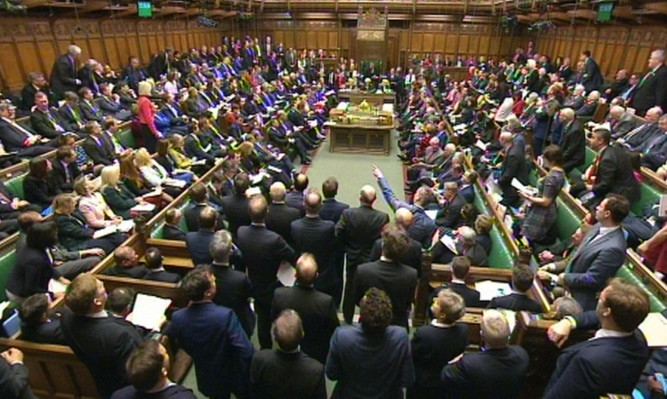The Government has confirmed its intention to cut the number of MPs in the Commons from 650 to 600 in a review of constituency boundaries beginning this year and due for implementation by the 2020 general election
Cabinet Office minister Oliver Letwin rejected the recommendations of a report by a cross-party committee of MPs, which last year found the Government had provided no “compelling” justification for the 600 figure and said it should be ditched.
The House of Commons Political and Constitutional Committee report argued in March 2015 that numbers of MPs could be whittled down gradually to reach the “correct” figure, rather than abolishing 50 constituencies at a single stroke.
But Mr Letwin has said he sees “no merit” in reopening the issue, which was “extensively debated and settled” during the passage of legislation in 2011 intended to pave the way for an abortive attempt to redraw boundaries under the Tory/Lib Dem coalition.
The 600 figure – which some experts believe could be worth as many as 20 seats to the Conservatives – was included in the Tory manifesto at last year’s election.
Mr Letwin also rejected the committee’s call for greater flexibility on the size of constituencies. At present, the size of Westminster constituencies varies wildly from 21,769 voters in the Western Isles (Na h-Eileanan Siar) to 108,804 in the Isle of Wight, and the Government’s proposals would require the Boundary Commissions to ensure that no electorate is more than 5% above or below the national average.
The committee argued that this would create geographical anomalies and urged ministers to allow a 10% deviation from the mean.
But the Cabinet Office said that a 10% leeway would be “too large and would undermine the basic principle of equally sized constituencies”, and insisted it will stick to existing plans for the boundaries review, which is due to report in the autumn of 2018.
